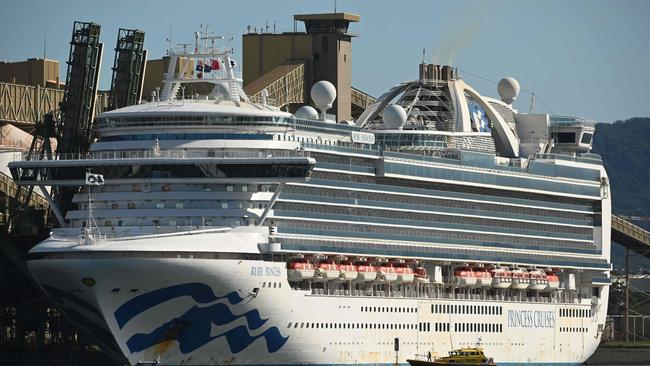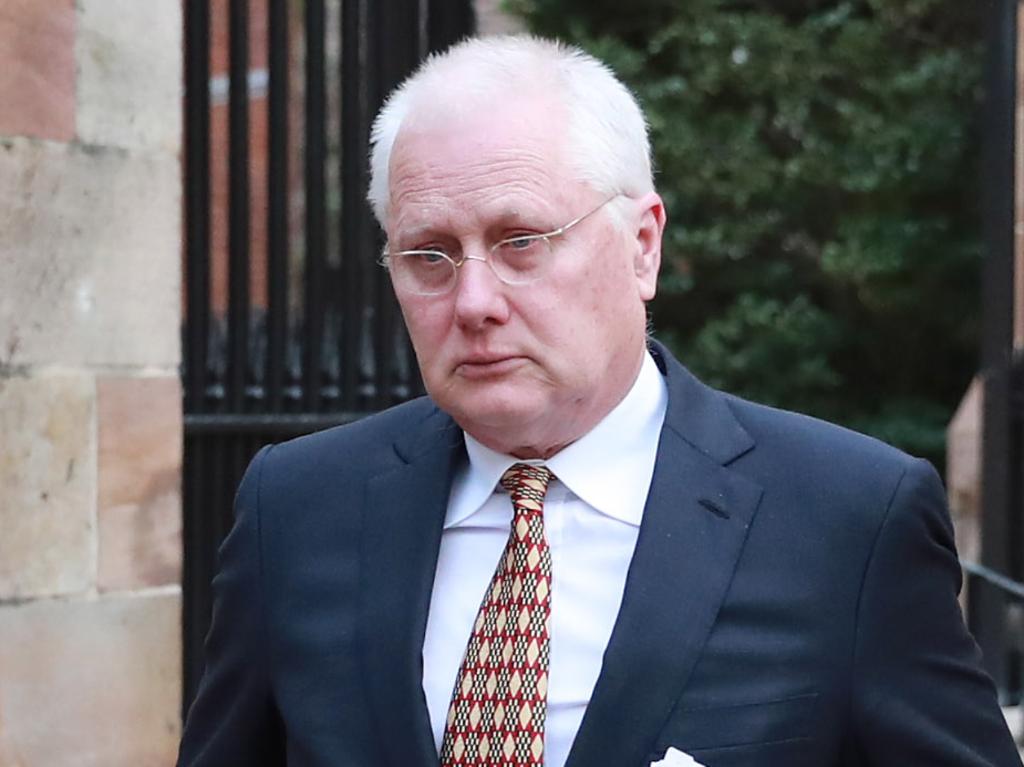Coronavirus: Pandemic drill exposed cruise ship protocol shortfalls before Ruby Princess saga
Less than a year before the Ruby Princess fiasco, government agencies underwent a drill on an eerily similar scenario.

A pandemic drill exercise conducted last year to test government agencies on their response to a “major communicable disease outbreak” on a cruise ship in Sydney Harbour highlighted several shortfalls with existing protocols, just months before the arrival of the Ruby Princess.
The exercise, codenamed EmergenSea Detour, was conducted in Canberra on May 1, 2019, less than a year before the arrival of the Ruby Princess cruise ship into Sydney Harbour on March 19, 2020.
The cruise liner’s arrival, and the premature offloading of passengers, led to the unchecked transmission of COVID-19 across Australia and a catastrophe involving at least 20 deaths and more than 700 infections.
Documents obtained by NSW Labor under Freedom of Information reveal the purpose of the exercise was to strengthen the capacity of the Federal Department of Health and the Department of Agriculture to manage a cruise ship emergency.
NSW Health, Tasmanian Health and the Victorian Department of Health and Human Services were all party to the training.
The drill was divided into two scenarios: the first drill was focused on examining the outbreak of a “listed human disease (pandemic influenza)” on a cruise ship arriving in Sydney; the second examined the outbreak of an “unknown but clinically severe disease on a cruise ship coming into Hobart”.
Government departments were tested on their priorities, needs and processes, including their pre-arrival screening for cruise ships, biosecurity assessments, and any challenges relating to medevac arrangements.
A Special of Commission of Inquiry into the Ruby Princess disaster has since heard evidence of failures in pre-arrival screening protocols, a breakdown in communication with the cruise ship, and failings of the risk assessment process applied by a NSW Health expert panel.
NSW Premier Gladys Berejiklian initially blamed Australian Border Force for the errors involving in the ship’s arrival; she refused to launch an inquiry to establish what went wrong, instead leaving the matter to NSW Health to investigate. Weeks of public outrage and media coverage followed, leading Ms Berejiklian to appoint the NSW Police Commissioner to conduct an investigation. Eventually Ms Berejiklian acquiesced and announced an inquiry.
A separate criminal investigation examining the ship’s arrival remains ongoing.
Ryan Park, NSW Labor’s shadow health minister, said the fact a pandemic exercise had taken place well in advance of the cruise ship’s arrival pointed to a missed opportunity to prevent “the largest public health failing in NSW history”.
“This exercise was like a crystal ball for the Ruby Princess fiasco,” Mr Park said. “This was supposed to help NSW avoid a pandemic. The government learned nothing from this exercise.”
Few learnings are contained in the official report of the pandemic drill. Instead it highlights the strong working relationships between numerous government agencies and satisfaction with most existing arrangements. One section of the report suggests that pre-arrival reporting protocols “may present numbers which are misleading or not informative” and noted that these protocols were “under discussion” for further changes.
Deficiencies with pre-arrival reporting protocols involving the Ruby Princess became a focal point for the Special Commission of Inquiry.
The exercise’s report also noted the limited capacity for cruise ships to test for a novel virus, a factor which became a key line of inquiry during the Commission’s hearings. The inquiry also heard numerous times that the Ruby Princess lacked sufficient medical swabs for symptomatic patients presenting to the infirmary. When it arrived in Sydney Harbour, a handful of swabs were transferred to authorities for COVID-19 testing, though more than 100 people had come forward with symptoms.
“Testing capacity early in a pandemic is easily overwhelmed,” the exercise’s report states. “Samples can be collected rapidly but there should be no expectation that the results will be available rapidly.”
During a Senate committee inquiry into the Federal Government’s response to the pandemic, held in April, Chief Medical Officer Brendan Murphy said regrettable decisions had been made in relation to the Ruby Princess.
“In retrospect, there were some decisions made that everyone regrets… clearly there were mistakes made,” he said. “Everyone was doing their best in tricky and tense times at what was probably the peak of the outbreak.”







